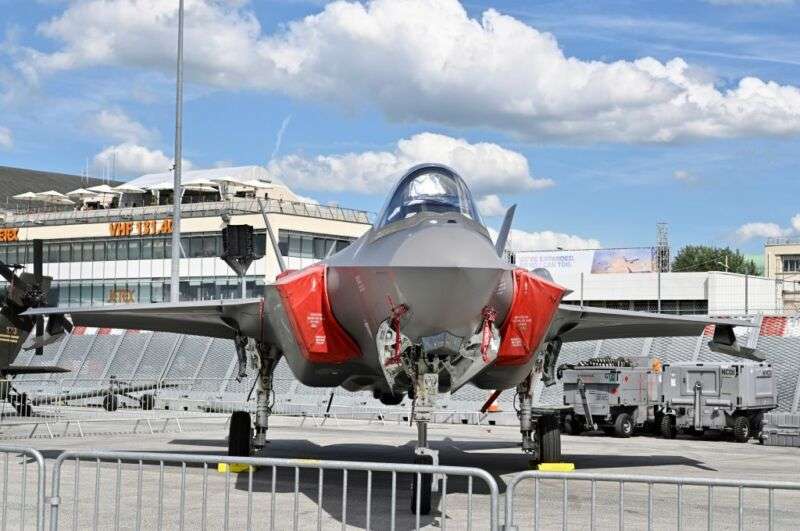
DOD tester’s report: F-35 is still a lemon

The latest report on the progress of the US Defense Department’s F-35 Joint Strike Fighter is due out soon from the Office of the Secretary of Defense’s director for operational test and evaluation (DOT&E), Robert Behler.
Last year’s report was full of bad news. And based on Bloomberg Government’s Tony Capaccio’s early access to the new report, we know much of that bad news is still bad news. In fact, the only real good news is that there are no new major flaws in the $428 billion aircraft program reported by Behler’s team.
But the bad is still bad. For starters, the Air Force version of the F-35 can’t hit what it shoots its gun at.
There are a total of 13 Category 1 “must fix” issues still unresolved with the F-35 that stand between the program and final production. And even as the long list of less critical problems is addressed, new ones keep popping up. “Although the program office is working to fix deficiencies,” Behler wrote in the report viewed by Bloomberg, “new discoveries are still being made, resulting in only a minor decrease in the overall number.” And “many significant” issues remain to be addressed, he noted.
The report does not include data from the current round of combat testing, so even more problems may soon be added to the list.
ALIS doesn’t live here anymore
One of the major sources of problems with the F-35 program is the Autonomic Logistics Information System (ALIS)—the software that drives maintenance and logistics for each F-35 aircraft. ALIS is supposed to intelligently drive the flow of maintenance parts, guide support crews in scheduling maintenance, and ensure the right parts get stuck in the right places. Aircraft health and maintenance action information is sent by the ALIS software in each aircraft out to the entire distributed logistical support network.
But ALIS has had some problems—including the fact that the software was not complete when Lockheed Martin began shipping aircraft, and each group of the 490 aircraft already delivered arrived with one of six different versions of the software. All of them will require extensive software retrofits when the seventh is complete, along with the other 510 or so that are expected to have been delivered worldwide by that point.
There are still 873 specific problems in ALIS and other F-35 software (down from 917 in 2018). In fact, the DOD has announced it will replace ALIS outright, eventually.
And those have been a contributor to the F-35 fleet’s poor reliability. According to OT&E, the overall fleet of F-35s fell far short of being 80-percent “mission capable”—meaning that they could be used in at least one type of combat mission. The Navy’s F-35C fleet “suffered from a particularly poor” mission-capable rate, the OT&E team stated.
In addition to just functional software problems, the OT&E office also reported that cybersecurity issues that had been identified in previous reports on the F-35 program had still not been resolved.
Do you even shoot, bro
While the Navy and Marine Corps versions of the F-35 may have more availability problems than the relatively less-complex Air Force F-35A, they can do at least one thing better: hit what they’re shooting at.
The F-35B and F-35C have externally mounted guns, while the Air Force’s 25-millimeter cannon is mounted internally. Problems with the alignment of the gun’s mount, and the fact that the mount occasionally cracks after the gun has fired, have made the accuracy of the gun “unacceptable,” according to test officials, and have made the Air Force restrict use of the gun. While the F-35 program office has worked on improvements of the gun mount for the F-35A, these have not yet been tested.
But none of this is really slowing down acquisition of the F-35—now the most expensive DOD weapons program in history. Considering that the F-35 was originally supposed to be the “low” in the “high-low mix“—with the F-22 being the more capable aircraft—the huge cost overruns and flaws make the F-35 look increasingly like the world’s most expensive lemon.




